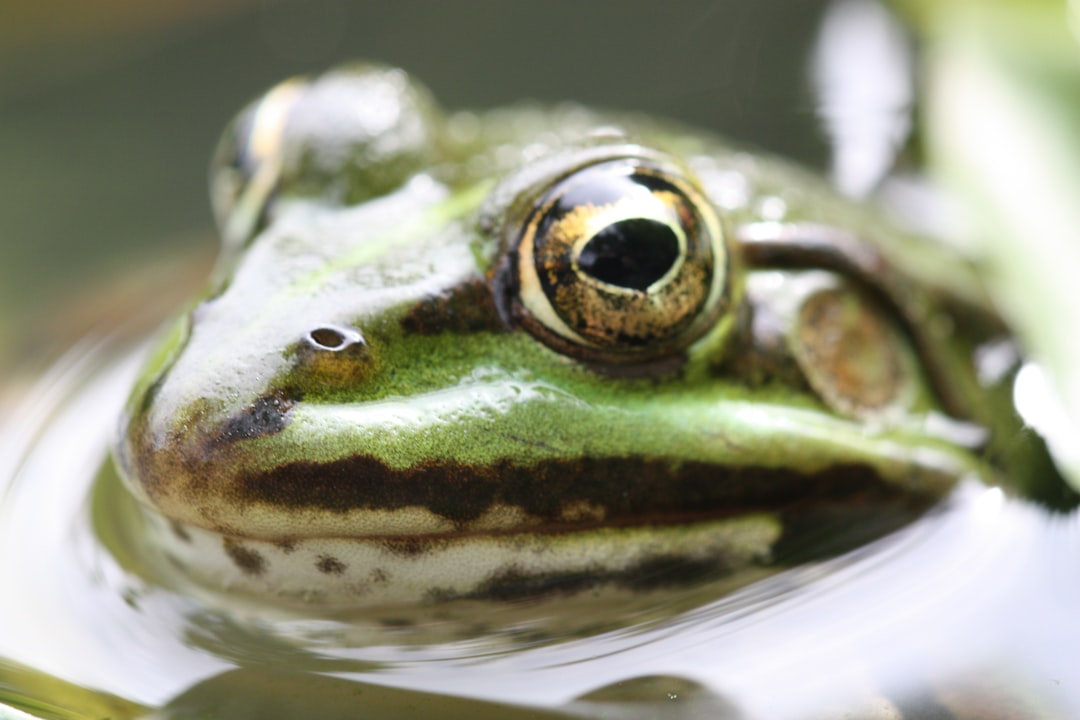What is it about?
This study used a large mark-release-recapture dataset and investigated the effect that expanding a study area has on the maximum dispersal distance detected. We found that the original study (on the endangered southern damselfly, Coenagrion mercuriale) was at a scale sufficient to estimate the maximum distance that the insect is able to fly, around 2km.
Featured Image
Why is it important?
The southern damselfly has very specific habitat requirements (water meadows and shallow ditch systems) which mean that it has a long distance to move between these rare areas. This study showed that we can trust our estimates of how far the animal can move, which will help to plan its conservation.
Perspectives
I have long been interested by movement of animals in the landscape and whether or not this can be accurately quantified in the field. One of the major issues associated with these field studies (such as mark-release-recapture studies, in which animals are marked with a unique tag then recaptured at a later time) is that you cannot detect dispersal distances that are greater than the size of the study area that you are using. For example, people have been marking damselflies for decades to try to measure how far they fly. However, if you only look for them 500m from where you first found them, you won’t find them flying any further than that.
Dr Christopher Hassall
University of Leeds
Read the Original
This page is a summary of: Study design and mark-recapture estimates of dispersal: a case study with the endangered damselfly Coenagrion mercuriale, Journal of Insect Conservation, April 2011, Springer Science + Business Media,
DOI: 10.1007/s10841-011-9399-2.
You can read the full text:
Resources
Contributors
The following have contributed to this page










